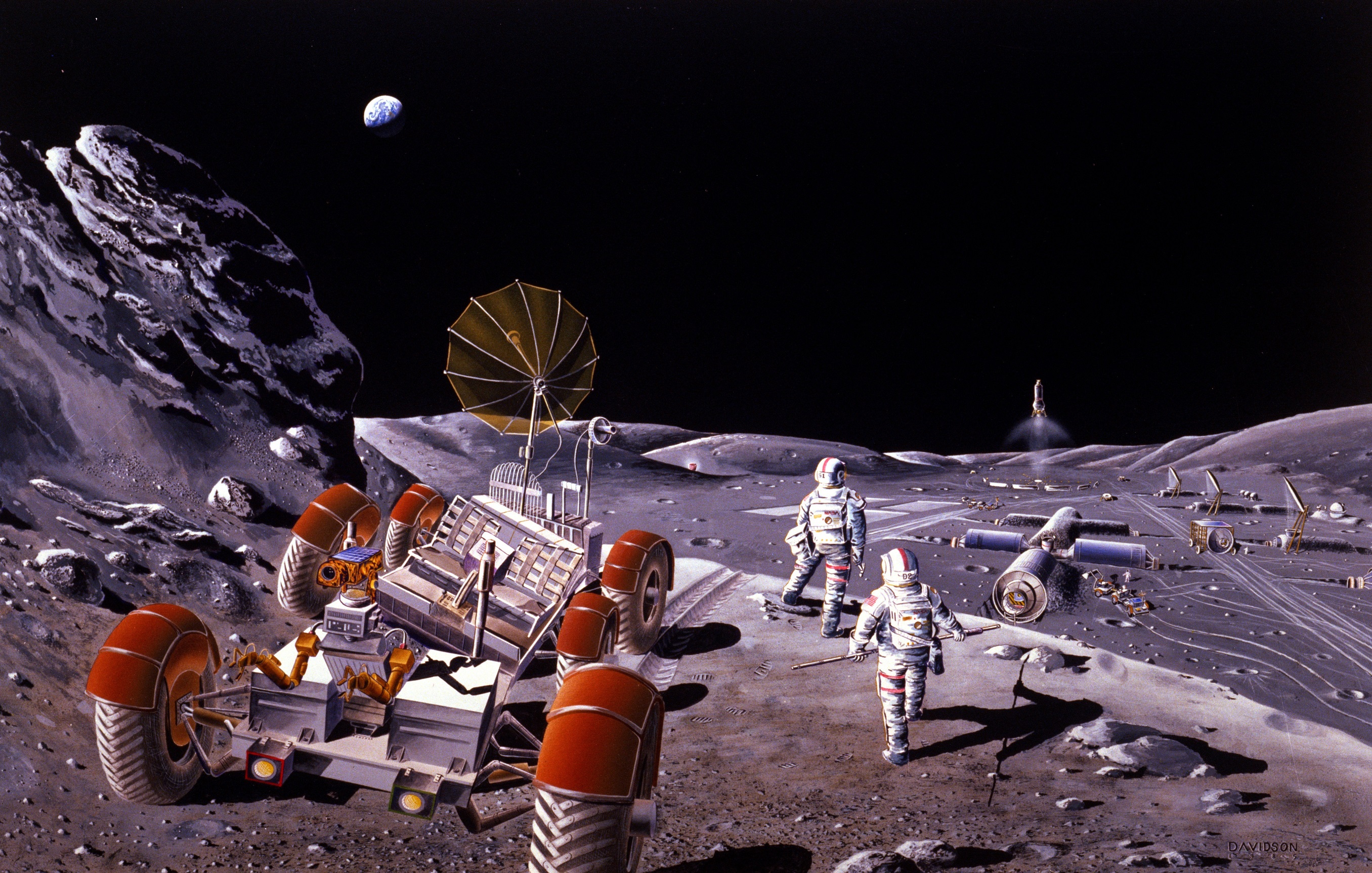The Prospects For A Manned Lunar Base - Part One of Three Parts
Part One of Three Parts:
The human race has thought about flying to the moon for over a hundred years. About fifty years ago, we did fly men to the moon but then other priorities drew funds away from the space program and we have not sent men there for decades. Right now there is a lot of debate about spending at NASA. There are those that lobby for returning to the Moon and establishing a permanent base. Others want to send men to Mars and set up colonies.
In 2014, a group of scientists and space enthusiasts met for a conference on lunar exploration. About a year ago, nine of the papers presented at that conference were made available online. One of the papers said that the reason that we have not gone back to the Moon despite repeated calls for lunar missions is that the cost of repeating the Apollo missions would be prohibitive. Estimates of the cost of an Apollo-type government mission to the Moon today are in the neighborhood of one hundred and fifty billion dollars. Today's entire NASA budget is about twenty billion dollars. Obviously, the money is not available for an Apollo-type mission. The plans outlined by the papers from the conference suggest that it should be possible to return to the Moon by 2022 and set up a permanent manned base for around ten billion dollars.
There are no current NASA plans to return to the Moon. NASA is planning for manned missions to Mars in the 2030s. But, it would make sense to go back to the Moon to test all the technologies that would be useful for Mars missions before going to Mars. A Mars expedition would take up to nine months while we can reach the Moon in a matter of days. While NASA believes that we can either go back to the Moon or go to Mars but not both in the near future, the conference attendees disagreed and argued that new technologies and private space companies could make it possible to do both.
China, Russia and the European Union have all expressed an intention to send men to the Moon and set up manned bases. Joining in a multinational effort to set up a manned base similar to the multinational effort that established the International Space Station would make it much cheaper for NASA to send U.S. astronauts to the Moon. In addition, the U.S. would not be left behind in exploration and exploitation of the Moon.
Private space companies are competing to send missions to the Moon. It may be possible to mine helium-3 on the lunar surface which could be used as fuel for nuclear fusion on Earth. Water on the Moon could be mined and broken down into hydrogen and oxygen with solar energy. The hydrogen and oxygen could be used to fuel flight to Mars and other deep space destinations. It also may be possible to mine precious metals from asteroid impact sites.
Papers from the conference outlined details for the possible construction of lunar colonies. Robotic vehicles could be used to level areas for construction of habitats and installation of solar cells. Buildings could be constructed from lunar regolith with 3-D printing. A functional lunar base could be ready for astronauts when they arrived. At first, there would be small missions with only a few astronauts intermittently resident at a small base but eventually the base would be expanded and permanently occupied. At first, the base would be dedicated to scientific activities but could eventually evolve into a center for commercial activities. There are even suggestions for lunar tourism but I don't think that that would ever be very popular.
Please read Part Two.
